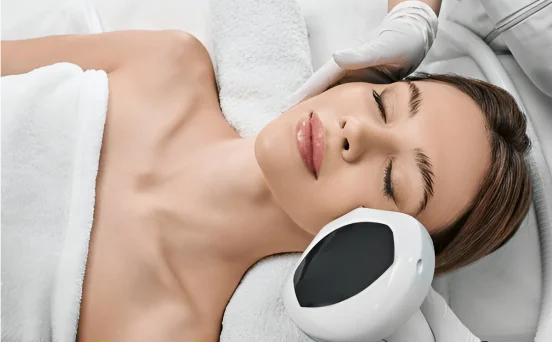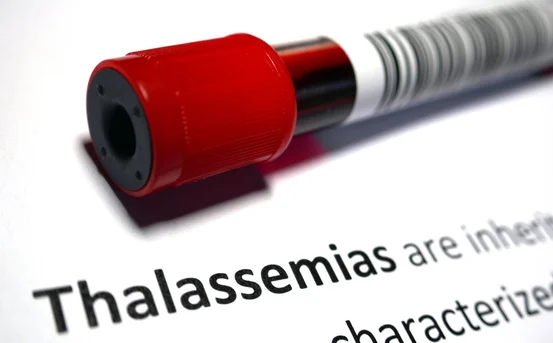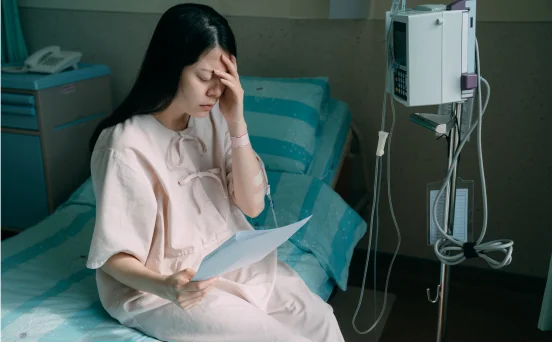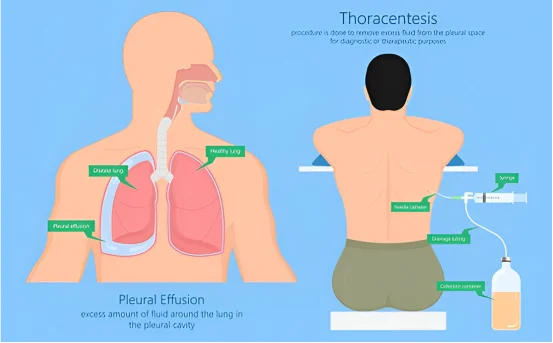Laser acne treatment has become a go-to choice at dermatology clinics because it can help clear up active breakouts, lighten leftover scars, and generally make skin look fresher—all by bouncing focused beams of light off the skin. Acne is something just about everyone has faced at some point, and when the zits finally go away they can leave behind reminders in the form of stubborn scars and redness. Loosely applied creams, pills, and face washes can work wonders for some people, but for others the problem just keeps coming back, so lasers give a more lasting hit that gets right to the heart of the matter. There are several effective methods among the different types of laser acne removal available today.
Laser acne treatments work in a couple different ways: some lasers fry the bacteria responsible for your spots, others shrink the tiny oil glands that keep re-clogging, and a few focus on blasting away old scar tissue while encouraging the body to pump out fresh collagen. Because laser technology has moved so fast in recent years, there are now a handful of specialized options on the market, and the right choice often depends on your skin type, the age of your scars, and whether you’re still battling active acne or are mostly concerned with finishing the healing process.
Why Pick Laser Acne Removal?
First off, laser treatments deliver some pretty nice advantages when you stack them against older, more traditional acne fixes:
- Precision: The beam can zip straight to problem areas deep under the surface without messing up the healthy tissue sitting right beside it.
- Quick, Easy Sessions: Most of the time these procedures are outpatient and don’t ask for much, if any, time off work or school afterward.
Laser Treatments for Acne: What You Should Know
Different types of laser acne removal techniques can effectively address specific concerns.
Understanding the Types of Laser Acne Removal
When it comes to clearing up acne for good, lasers take aim at the three big troublemakers: bacteria, runaway oil, and inflammation. By tackling these root problems in one go, laser therapy can help keep new breakouts from popping up after the original flare-up has healed.
Besides killing bacteria and calming oil, lasers also have a nice side effect: they smooth out the skin, fading leftover scars and uneven patches. That means your skin can end up looking more polished overall, not just clearer.
Not every laser works the same way, though, and that’s a good thing. Dermatologists can pick from different beams to match your skin tone, sensitivity level, and the type of acne damage you have. So whether your skin is darker, very sensitive, or somewhere in between, there’s likely a laser designed just for you.
There are several types of laser acne removal that dermatologists can choose from based on your needs.
Top Lasers for Acne and Scars
Fractional CO2 Laser
The Fractional CO2 laser is one of the most popular types of laser acne removal for deeper scars.
Who it’s for: Deep scars and big texture issues
The Fractional CO2 laser is the heavy hitter of the bunch. It makes thousands of tiny holes in the skin, which sounds wild but actually kick-starts collagen production underneath. Because of this, ice-pick scars and boxcar marks fill in over time, leaving the surface feeling much smoother.
Pros:
- Works wonders on severe scars
- Results stick around for years
- New, healthy skin grows in its place
Cons:
- You’ll need about a week of downtime
- Expect redness and peeling at first
- Fair-skinned folks do best; darker skin may risk pigment changes
Erbium YAG Laser
Who it’s for: Moderate scars, fine lines, and sensitive skin
The Erbium YAG laser is another of the effective types of laser acne removal suitable for sensitive skin.
If the CO2 laser is a bulldozer, the Erbium YAG is a skilled gardener. It’s still ablative but less aggressive, making it a great pick for mild to moderate scars or for anyone who dreads a long recovery. The laser gently sweeps away the outer skin layer while prodding the deeper layers to make fresh collagen.
Pros: Recovery is quick and patients report only mild discomfort. The treatment is also safer for people with lighter skin tones.
Cons: You might need more than one session to see good results. It can struggle with deeper scars.
Nd:YAG Laser
The Nd:YAG laser is often recommended among the types of laser acne removal for those with active acne.
Best for: Active acne and oily skin
This non-ablative laser goes a little deeper than most and helps calm the oil glands while killing the bacteria that cause acne. Because of this deeper action, Nd:YAG lasers are often paired with other treatments and they work especially well on inflamed breakouts.
Pros: It works on all skin tones, it treats existing acne and helps keep future breakouts away, and there is no downtime.
Cons: You’ll need to be patient because results aren’t instant. Most people end up having 4 to 6 sessions before they see a big change.
Pulsed Dye Laser (PDL)
Another option in the types of laser acne removal is the Pulsed Dye Laser, aimed at reducing redness.
Best for: Redness, post-inflammatory hyperpigmentation (PIH), and acne scars
PDL shines a gentle beam that targets the tiny blood vessels hiding beneath each acne bump and scar. By doing that, it cuts down on redness and swelling. This makes it ideal for sensitive skin or for those whose skin tends to get easily flushed.
Red, angry-looking zits can really ruin your day, and laser treatments promise to calm that redness fast. Let’s break down some popular options so you know what’s what.
Choosing the right type of laser acne removal depends on the specific condition being treated.
First up is the Vbeam laser. The big upside is how well it tones down redness in less than an hour. Most people say the procedure feels like a soft snap or a warm light on the skin, and the itch or sting rarely lasts for more than a few minutes. Those perks sound great, but keep in mind the downsides, too. Some patients walk out with temporary bruises or pink spots that fade within a week, and the laser works best on fresh red lesions—not so much on brown or pitted scars left behind.
Next on the list is blue light therapy, sometimes called photodynamic therapy (PDT) when used with a special cream. This one isn’t even a laser; it’s just really bright blue light that zaps bacteria while you relax in the chair. Because the treatment is gentle and non-invasive, kids and teens tend to tolerate it well, and you can hop right back to school afterward. On the flip side, stubborn cystic acne or deep nodules still need extra help, so you may have to book several visits.
The diode laser offers a middle ground for teenagers dealing with oily skin, enlarged pores, or recurring breakouts. By targeting oil glands under the surface, the diode helps shrink the pores and keep shine in check. Expect a light pinch as the beam pulses, sometimes followed by redness that disappears by bedtime. Still, know that this option isn’t magic for old scars, and the comfort level is mild—not nearly as bad as old-school lasers but noticeable.
Overall, the various types of laser acne removal offer a range of benefits for different skin concerns.
Regardless of which treatment you pick, prepping matters. Dermatologists usually recommend dodging the sun and skipping aggressive acids or retinols for three to five days beforehand. Then, when your session begins, some staff will place ice packs or slather on numbing cream to keep you comfy while they work.
Aftercare: It’s totally normal to notice some redness, a little swelling, or even a few tiny flakes after your laser session. Your skin has just had a workout, so be extra gentle with it for a few days. That means wearing sunscreen, skipping harsh scrubs, and keeping it well-hydrated.
Proper aftercare is essential for all types of laser acne removal to ensure the best results.
Downtime: How much time you need to bounce back really depends on the kind of laser used. More intense ablative lasers, like CO2, usually take longer to heal, while non-ablative options such as Nd:YAG let most people get back to their normal routine pretty quickly.
Conclusion
Picking the best laser treatment for acne isn’t one-size-fits-all. Your skin type, how serious your breakouts are, what you can spend, and what finish you’re hoping to see all play a part. Because of that, chatting with a board-certified dermatologist before you sit in the laser chair is a must. From fresh pimples to old scars and discoloration, there’s a laser out there that can help.
Consultation with a dermatologist can help determine the best types of laser acne removal for your needs.
Think of these treatments as more than just a ticket to clearer skin; they’re an upgrade to your confidence and everyday life. With a plan made just for you and a steady at-home routine, you can trade chronic breakouts for smooth, glowing skin that sticks around.
Ultimately, understanding the various types of laser acne removal can empower you to make informed choices.























